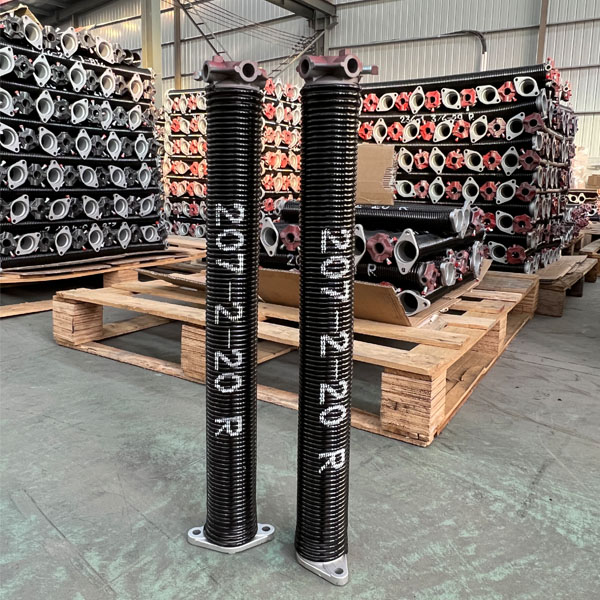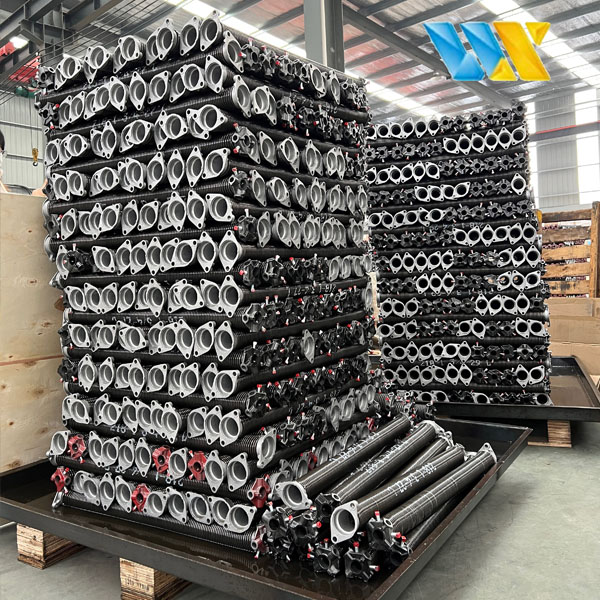234 garage door spring

The True Cost of Replacing Garage Door Springs


| Material : | Meet ASTM A229 Standard |
| ID : | 1 3/4’, 2’, 2 5/8’, 3 3/4’, 5 1/4’, 6’ |
| Length | Welcome to custom all kind of length |
| Product type: | Torsion spring with cones |
| Assembly service life : | 15000-18000 cycles |
| Manufacturer warranty: | 3 years |
| Package: | Wooden case |
The True Cost of Replacing Garage Door Springs
ID: 1 3/4 ' 2' 3 3/4' 5 1/4' 6'
Wire dia : .192-.436'
Length: Welcome to customize


Torsion Spring For Sectional Garage Doors
Long lasting Corrosion resistant coated steel coils to help slow rusting process over spring life .


Tianjin Wangxia Spring
Right wound springs have red color coated cones .
Left wound springs have black cones.












Title: A Guide to Understanding and Maintaining Garage Door Springs
introduce:
Garage door springs are an essential part of any functional garage door system. Responsible for supporting the weight of the door and enabling smooth opening and closing, these springs play a vital role in ensuring the safety, durability and overall functionality of your garage door. In this blog, we'll take a deep dive into the importance of garage door springs, the different types available, and share some great maintenance tips to keep them in top condition.
Types of garage door springs:
There are two main types of garage door springs: torsion springs and extension springs. Torsion springs are usually located above the garage door, mounted on a metal shaft parallel to it. They work by twisting and storing energy when the door opens and releasing it when the door closes. Known for their long life and durability, torsion springs can withstand the heavy loads required to operate a door.
Tension springs, on the other hand, are either parallel to the horizontal tracks on either side of the garage door, or above the horizontal tracks on each side. Unlike twisted torsion springs, they stretch and expand to support the weight of the door. Tension springs are more common on older garage door systems and are often used in pairs to balance the weight of the door. It is worth noting that handling and replacing these springs can be dangerous as they are under high tension, so professional help is highly recommended.
Garage door spring maintenance tips:
To ensure the longevity and smooth operation of your garage door springs, regular maintenance is essential. Here are some practical tips:
1. Visual inspection: Periodically perform a visual inspection of the garage door springs. Look for signs of wear, rust, or any obvious damage. If a problem is found, please contact professional technicians to evaluate and solve the problem in time.
2. Lubrication: Proper lubrication is critical to the smooth operation of your garage door springs. Apply a lubricant made specifically for garage doors annually or as needed depending on your climate and usage.
3. Balance Check: Periodically check the balance of your garage door by disconnecting the automatic door opener and manually operating the door halfway. If the door stays in place, it means the springs are properly balanced. Otherwise, the spring may need to be adjusted or replaced.
In summary:
Garage door springs are the fundamental component of any garage door system, responsible for its safe, efficient operation. Knowing the different types of springs and their purpose can help you make informed decisions when it comes to maintenance and repairs. With regular inspections, proper lubrication, and ensuring proper balance, you can extend the life of your garage door springs and enjoy the convenience of a functioning garage door for years to come. For any complex issue or replacement, it is always recommended to seek professional help for safe and professional handling.














